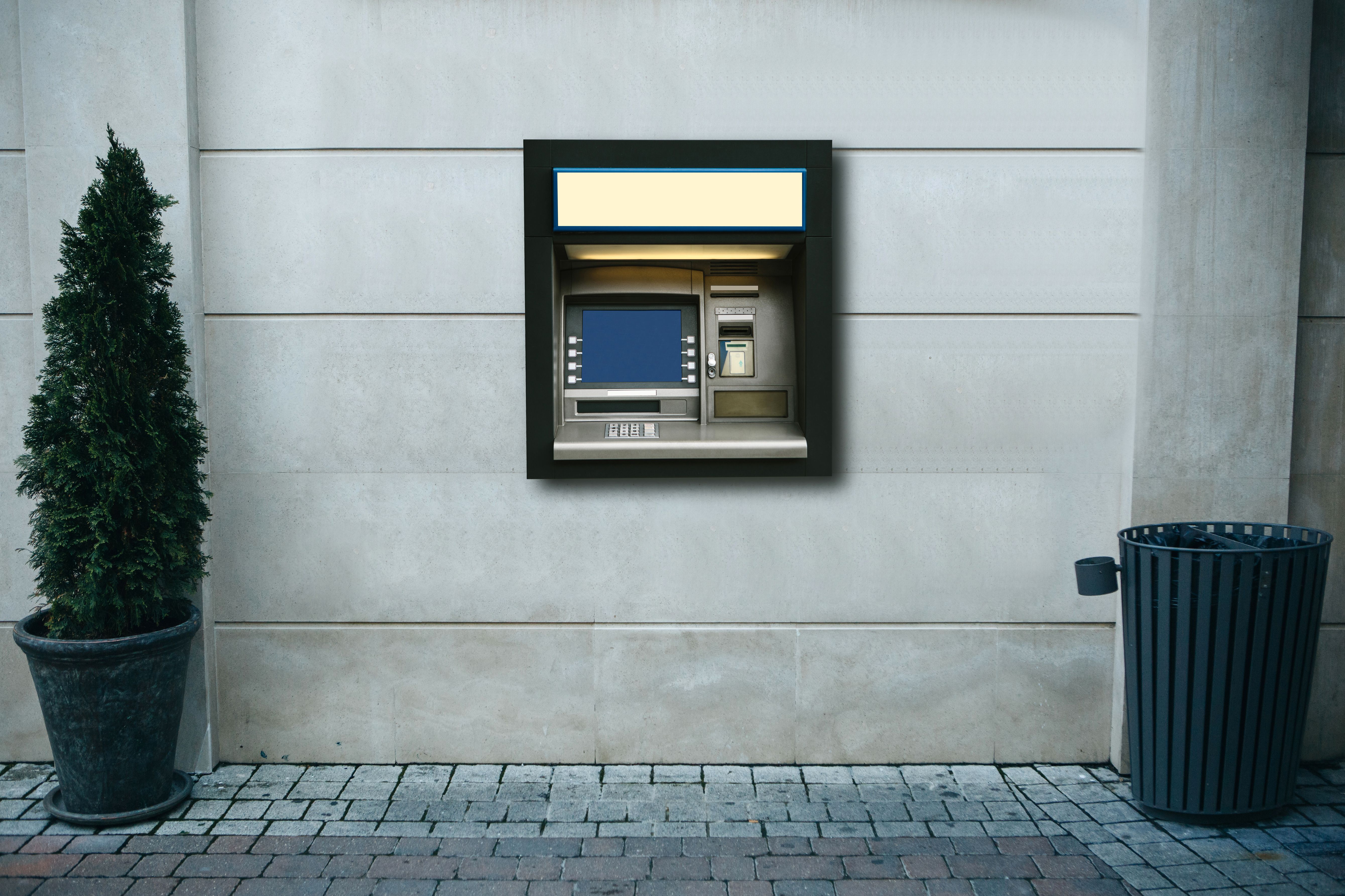The Role of ATMs in Modern Banking
The Evolution of ATMs in Banking
Automated Teller Machines (ATMs) have been a cornerstone of modern banking for decades. Initially introduced as a simple cash dispensing tool, ATMs have evolved significantly, reflecting advancements in technology and changing consumer needs. Today, ATMs are an integral part of the banking ecosystem, offering a wide range of services beyond just dispensing cash.
ATMs have transitioned from being standalone cash-dispensing units to multifunctional service points that can handle a variety of banking transactions. This evolution has not only enhanced convenience for customers but also enabled banks to streamline their operations and reduce queues at physical branches.

Key Features and Services Offered by Modern ATMs
Modern ATMs are equipped with a host of features that cater to the diverse needs of customers. Here are some key services that these machines offer:
- Cash Withdrawal: The primary function remains dispensing cash, but with added features like choosing denominations.
- Deposits: Many ATMs now accept cash and check deposits, allowing for real-time account updates.
- Balance Enquiries: Customers can quickly check their account balances and recent transactions.
- Fund Transfers: ATMs allow users to transfer funds between accounts and even pay bills.
These features provide customers with the flexibility to manage their finances without visiting a bank branch, thus saving time and effort.
The Role of ATMs in Financial Inclusion
ATMs play a crucial role in promoting financial inclusion, especially in remote and underbanked areas. By providing essential banking services to regions with limited access to traditional bank branches, ATMs help bridge the gap between urban and rural banking infrastructure.

This accessibility empowers individuals in remote areas to engage in financial activities, such as saving money and receiving remittances, thereby enhancing their economic participation and stability.
Security Measures in ATM Transactions
As ATMs handle sensitive financial transactions, security is a paramount concern. Banks continuously invest in upgrading security features to protect customers from fraudulent activities. Key security measures include:
- Encryption: Ensuring data transmitted between the ATM and bank servers is secure.
- Biometric Authentication: Incorporating fingerprint or facial recognition for user verification.
- Surveillance Cameras: Monitoring ATM surroundings to deter criminal activity.
These measures help maintain customer trust and ensure the safety of their financial transactions.

Future Trends in ATM Technology
The future of ATMs looks promising with the advent of cutting-edge technologies. Innovations such as contactless transactions, integration with mobile banking apps, and enhanced user interfaces are set to redefine the ATM experience. Moreover, the rise of cryptocurrency may lead to ATMs offering services like Bitcoin withdrawals or exchanges.
As technology continues to evolve, ATMs will likely become even more versatile, offering personalized services that cater to the unique needs of each customer.
Conclusion
The role of ATMs in modern banking extends far beyond basic cash withdrawals. They are essential tools for enhancing customer convenience, promoting financial inclusion, and ensuring security. As technology advances, ATMs will continue to adapt, offering new services and features that meet the changing demands of the banking sector.
The evolution of ATMs reflects the dynamic nature of the banking industry and its commitment to providing accessible, secure, and efficient financial services to customers worldwide.
